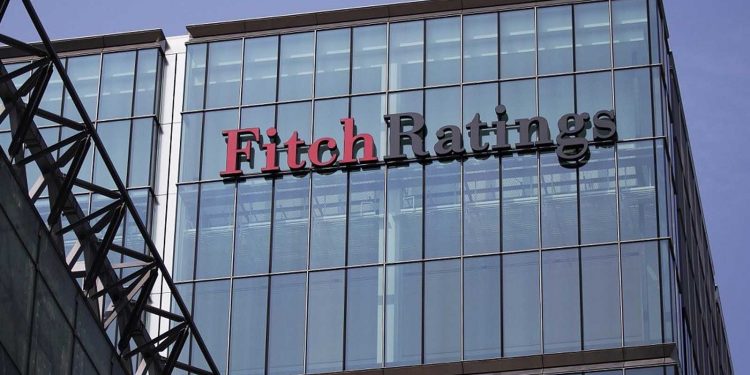Credit rating agency, Fitch Ratings, has projected Ghana’s public debt stock to reach 72.8 per cent of Gross Domestic Product (GDP) by the end of 2020.
The debt projection according to Fitch, includes an outstanding debt of Ghs 7.6 billion (2.1 per cent) of GDP in the Energy Sector Levy Act bonds.
Fitch therefore urged Government to undertake planned reforms in the energy sector to avoid a build-up of arrears and higher debts.
However, the failure to execute planned reforms in energy sector would see a continued build-up of arrears and higher debt. The government’s 2019 Energy Sector Recovery Program indicated that sector arrears could reach as much as USD 12.5 billion (18% of 2020 GDP) by 2023,
Fitch Ratings
The rating agency making further assessments of Ghana’s debt stock, noted that, it expected debt to continue rising from now through to 2022 although at a slower pace.
Ghana’s debt-to-GDP at end-December 2019 stood at 63 per cent of GDP translating into some Ghs 218 billion. Since then, the Ghana’s public debt has increased significantly by 5.3 per cent. As at June 2020, the debt stock stood at 68.3 per cent of GDP, translating into some Ghs 268 billion.
With the new projection, Ghana’s public debt is expected to climb to Ghs 283 billion before the end of 2020.
Ghana on Thursday, October 15, 2020 was affirmed at B with a stable outlook with regards to the country’s Long-Term Foreign-Currency Issuer Default Rating (IDR) by Fitch Ratings.
The positive rating according to Fitch, reflects a gradual recovery of economic performance, fiscal revenue, stabilisation of debt to GDP and the ready availability of both external and domestic financing sources after the shock sustained from the Covid-19 pandemic.
With Ghana’s public debt projected to continue to rise, it becomes likely that the country might some time to come suffer a negative rating in its IDR, if there are no clear fiscal consolidation strategies put in place by Government.
The main factors that could individually of collectively lead to a positive rating include;
- A greater confidence in Government’s ability to drive public debt to GDP onto a downward path through fiscal consolidation strategies
- Improvement in external liquidity such as an increase in international reserves occuring through non-debt inflows
The main factors that individaully or collectively lead to a negative rating include;
- Expectations of a persistent rise in public debt trajectory for the mdedium-term
- A decline in international reserves as a result of prolonged lack of access to international capital markets
- Sustained increase in macroeconomic instability






